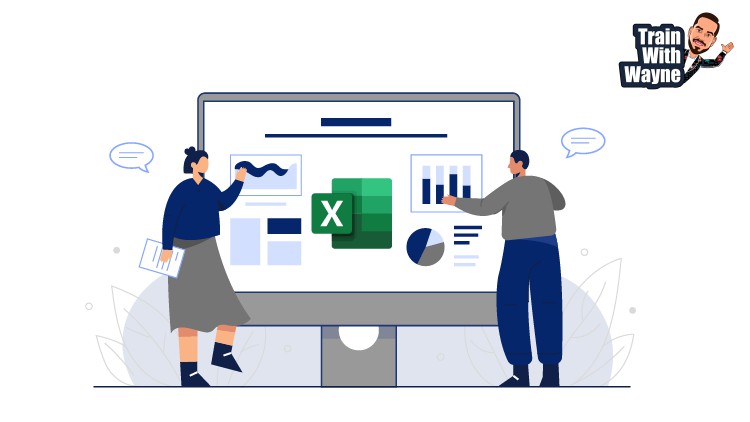
Master data analysis through Excel with advanced hands on practical training
What you will learn
What is Data Analytics & Why is it so Important
Why Do We Need Analytics? What’s Changed?
How to Find Appropriate Datasets to work with
How to Analyse you Data
The importance of Mean, Mode, Median and Range of Data
What is the difference between Normal and Non Normal Data
How to create a histogram
How to find and remove outliers
Understand what is a standard deviation and relative standard deviation
Understand the Difference Between a Run and a Control Chart?
The basics of working with pivot tables
Starting to Tell Our Analytical Story
How to Visualize our data
How to Present You data and bring the story together
Description
Requirements
- Microsoft Office 365 or Excel 2010 – 2019
- Mac users Pivot Visuals may look slightly different to the examples shown
- Basic experience with Excel functionality is a bonus but not required
Description
Welcome to the world of Data Analytics, voted the sexiest job of the 21st Century.
In this expertly crafted course, we will cover a complete introduction to data analytics using Microsoft Excel, you will cover the concepts, the value and practically apply core analytical skills to turn data into insight and present as a story.
Look at this as the first step in becoming a fully-fledged Data Scientist
Course Outline
The course covers each of the following topics in detail, with datasets, templates and 17 practical activities to walk through step by step:
What is Data Analytics
- Why Do We Need It in this new world
- Thinking about Data, how it works in the lad v how it works in the wild
- Qualitative v Quantitative data and their importance
Finding Your Data
- How to find Sources of Data and what they contain
- Reviewing the Dataset and getting hands on
Analysing Your Data
- Mean, Modes, Median and Range
- Normal and Non normal Data and its impacts to predictability
- What is an Outlier in our data and how do we remove
- Distribution and Histograms and why they are important
- Standard Deviation and Relative Standard Deviation, why variance is the enemy
- What are Run and Control charts and what do they tell us?
Working With Pivot Tables
- How the Pivot Builder Works
- Setting Our Headers
- Working with calculated fields
- Sorting and Filtering
- Transforming Data with Pivot Tables
Data Engineering
- How to create new, insightful datasets
- The importance of balanced data
- Looking at Quality, Cost and Delivery together
Start Telling Our Analytical Story
- What is your data telling?
- Ask Yourself Questions
- Transforming Data into Information
Visualizing Your Data
- Levels of Reporting
- What Chart to Use
- Does Color Matter
- Let’s Visualize Some Data
Presenting Your Data
- Bringing The Story Together with a Narrative
Practical Activities
We will cover the following practical activities in detail through this course:
- Practical Example 1 – Mean, Mode, Median, Range & Normality
- Practical Example 2 – Distribution and Histograms
- Practical Example 3 – Standard Deviation and Relative Standard Deviation
- Practical Example 4 – A Little Data Engineering
- Practical Example 5 – Creating a Run Chart
- Practical Example 6 – Create a Control Chart
- Practical Example 7 – Create a Summary Pivot of Our Claims Data
- Practical Example 8 – Transforming Data
- Practical Example 9 – Calculated Fields, Sorting and Filtering
- Practical Example 10 – Lets Engineer Some QCD Data
- Practical Example 11 – Lets Answer Our Analytical Questions with Pivots
- Practical Example 12 – Visualizing Our Data
- Practical Example 13 – Lets Pull our Strategic Level Analysis Together
- Practical Example 14 – Lets Pull our Tactical Level Analysis Together
- Practical Example 15 – Lets Pull our Operational Level Analysis Together
- Practical Example 16 – Lets Add Our Key Findings
- Practical Example 17 – Lets Add Our Recommendations
Who this course is for:
- Anyone who works with Excel on a regular basis and wants to supercharge their skills
- Excel users who have basic skills but would like to become more proficient in data exploration and analysis
- Students looking for a comprehensive, engaging, and highly interactive approach to training
- Anyone looking to pursue a career in data analysis or business intelligence
Content
